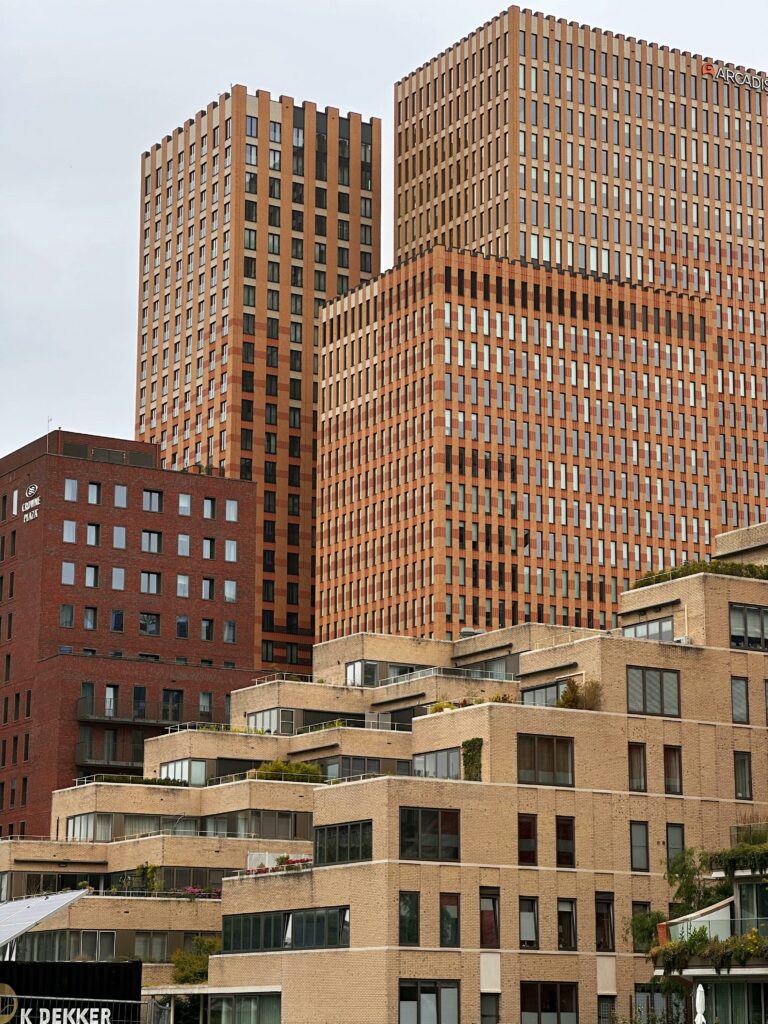The building damage guarantee: the mechanisms and errors to avoid
When a project owner builds or renovates a property, they naturally expect the work to be carried out according to professional standards. However, it very often happens that defects appear after the construction site is completed. In this case, the building damage insurance allows for rapid action based on Article 1792 of the French Civil Code, without waiting for the outcome of lengthy litigation and without prior liability determination.
Created by the Spinetta Law, this mandatory insurance was designed to accelerate compensation for project owners. Specifically, it allows the owner, the seller, or any agent of the owner who had the property built to obtain coverage for repairs without having to prove the contractors’ liability. The insurer pays for the work and then, if necessary, takes action against the builders.
The building damage insurance only comes into play in the case of so-called ten-year damage, i.e., damage that compromises the solidity of the structure or renders the property unfit for its intended purpose. This could include, for example, a slab settling, significant leaks, an unstable roof, or poor waterproofing rendering certain rooms uninhabitable.
It is also possible to activate it for defects reported upon completion of the work, provided that unsuccessful attempts have been made to have them repaired under the perfect completion guarantee.
The building damage guarantee can be used for ten years from completion. However, as soon as a defect is discovered, it is essential to react quickly. The insurer must be notified within two years of discovering the damage.
2. Declaration, precautions and exclusions: mistakes to avoid
As soon as serious damage occurs, you should send a report to your building damage insurer. Notification must be made by registered letter with acknowledgment of receipt or by registered electronic mail. The report must include several essential elements: the insurance policy number, the owner’s contact information, the property address, the date the work was completed, the date the damage occurred, and a precise description of its nature and location. It is strongly recommended to attach photos.
Once the report is received, the insurer has sixty days to make a decision. This period begins upon receipt of the complete file. If the insurer fails to meet this deadline, coverage is automatically acquired, meaning that the insured is entitled to demand compensation for the repairs, without the insurer being able to dispute the ten-year nature of the loss.
A very common mistake is to contact the companies that carried out the work directly, hoping to obtain an amicable settlement, or to go directly to court to request the appointment of a legal expert, without first reporting the loss to the building damage insurance company. These are understandable steps, but they often delay compensation and can backfire on the project owner if the company disputes its liability or becomes insolvent.
Building damage insurance also has its limitations. It does not cover intangible damages, such as loss of rent or loss of use, unless specifically stipulated in the contract. It also excludes damage resulting from poor maintenance, improper use of the property, or exceptional natural phenomena. Acts of war or terrorism are also not covered.
Thus, building damage insurance is a valuable and mandatory tool for securing your construction contracts. But it requires a certain rigor: reacting as soon as the disorder appears, respecting formalities, and not neglecting deadlines. You should not hesitate to seek the assistance of a lawyer or a professional in the sector to assert your rights.


